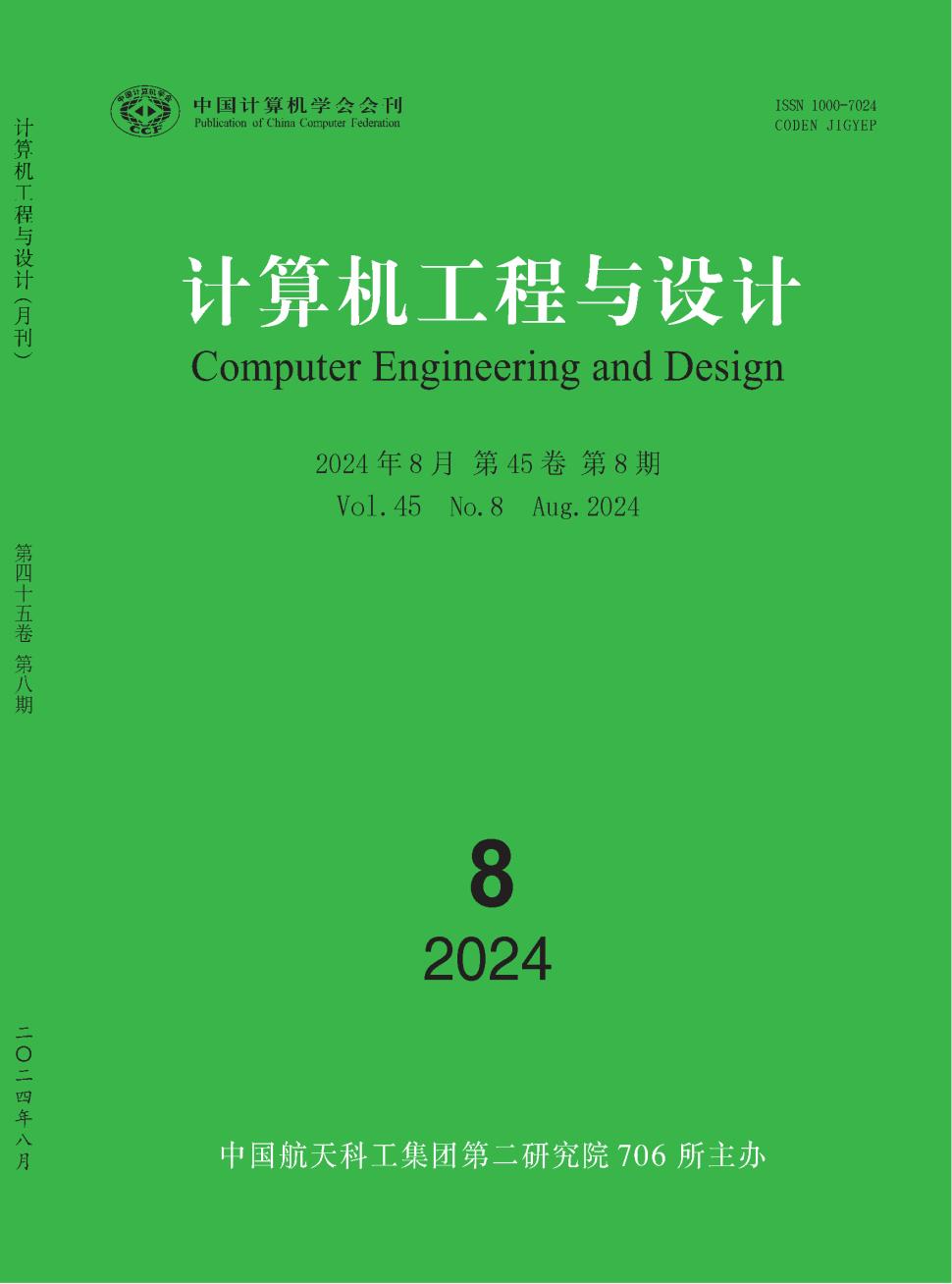A bi-directional shortest path calculation speed up technique for RDBMS
引用次数: 0
Abstract
In Relational Database Management Systems (RDBMS) the representation and storage of graph datasets is achieved by using two data tables. One representing the nodes’ data and another for the edges’ data of the graph. Using this model every search process in a big data volume requires multiple joins of large data tables, which significantly reduces their performance. The increasing use of graph datasets in various computer science fields such as (big data, social and computer networks, networks, Semantic Web, knowledge graphs, biological networks, and road networks) creates the need to research methods that will improve the performance of RDBMS when managing this type of data. In this paper, unlike most of the solutions proposed in the literature to date, a purely relational approach is presented using only the native RDBMS query analyzer and not either aggregate functions not implemented in all RDBMSs or an additional plugin layer that analyzes and processes the graph queries in order to translate them into the corresponding SQL versions. With the proposed solution we proved that by designing a bi-directional BFS algorithm that passes through properly selected intermediate pivot points, it is possible to query graph datasets significantly larger than those a complex SQL query can handle, with no major overhead.RDBMS中双向最短路径计算加速技术
在关系数据库管理系统(RDBMS)中,图形数据集的表示和存储是通过使用两个数据表实现的。一个表示节点数据,另一个表示图的边数据。使用该模型,大数据量中的每个搜索过程都需要对大型数据表进行多次连接,这大大降低了它们的性能。图数据集在各种计算机科学领域的使用越来越多,如(大数据、社会和计算机网络、网络、语义网、知识图、生物网络和道路网络),这就需要研究方法来提高RDBMS在管理这类数据时的性能。在本文中,与迄今为止文献中提出的大多数解决方案不同,纯关系方法仅使用本机RDBMS查询分析器,而不是在所有RDBMS中实现的聚合函数,也不是用于分析和处理图查询以将其转换为相应SQL版本的附加插件层。通过提出的解决方案,我们证明了通过设计一个经过适当选择的中间枢轴点的双向BFS算法,可以查询比复杂SQL查询所能处理的大得多的图数据集,而不会产生大的开销。
本文章由计算机程序翻译,如有差异,请以英文原文为准。
求助全文
约1分钟内获得全文
求助全文
来源期刊
自引率
0.00%
发文量
20353
期刊介绍:
Computer Engineering and Design is supervised by China Aerospace Science and Industry Corporation and sponsored by the 706th Institute of the Second Academy of China Aerospace Science and Industry Corporation. It was founded in 1980. The purpose of the journal is to disseminate new technologies and promote academic exchanges. Since its inception, it has adhered to the principle of combining depth and breadth, theory and application, and focused on reporting cutting-edge and hot computer technologies. The journal accepts academic papers with innovative and independent academic insights, including papers on fund projects, award-winning research papers, outstanding papers at academic conferences, doctoral and master's theses, etc.

 求助内容:
求助内容: 应助结果提醒方式:
应助结果提醒方式:


